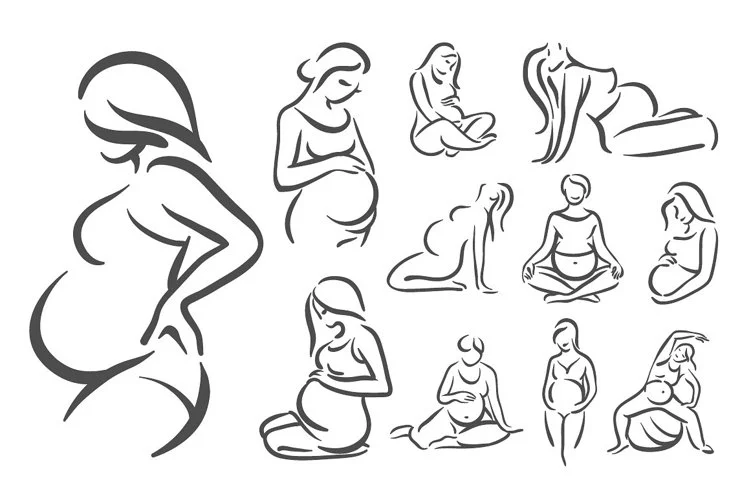After giving birth, it’s common to feel a bit worse for wear, especially if you experience a vaginal tear. But don’t fret! There are effective ways to speed up your recovery and alleviate the discomfort.
What is a vaginal tear?
A vaginal tear is a laceration that can occur during vaginal delivery, typically caused by the stretching of the vagina as the baby emerges. The most common type of tears are classified into four degrees, with the first being the least severe and the fourth being the most extensive, involving not just the vaginal tissue but also the anal sphincter.
How long does it take for vaginal tears to heal?
Healing time can vary depending on the degree of the tear. Generally, first-degree tears may heal within a few days, while more severe tears might take several weeks to fully recover.
What types of vaginal tears can occur during childbirth?
Vaginal tears can be classified into:
- First-degree tears: Affecting only the vaginal mucosa.
- Second-degree tears: Involving the vaginal mucosa and perineal muscles.
- Third-degree tears: Extending through the vaginal wall and perineal muscles into the anal sphincter.
- Fourth-degree tears: Involves the vaginal wall, perineal muscles, anal sphincter, and rectal mucosa.
What causes vaginal tears during childbirth?
The primary cause is the pressure exerted by the baby’s head as it passes through the birth canal. Factors like the size of the baby, the position during delivery, and whether it’s your first birth can all contribute to the likelihood of tearing.
How are vaginal tears treated or repaired?
Most vaginal tears are repaired with stitches, and your healthcare provider will assess the extent of the tear and determine the best approach for treatment.
Tips for caring for vaginal tears after childbirth
To promote healing, keep the area clean and dry, use ice packs for swelling, and consider pain relief options like over-the-counter medications.
How to reduce pain from vaginal tears
Sitting on a soft cushion, warm baths, and using topical numbing agents can help ease pain from vaginal tears.
Can you prevent vaginal tears?
While not all tears can be avoided, certain practices may lower the risk. Controlled pushing, perineal massage during pregnancy, and delivering in positions that reduce pressure on the perineum may help.
If I had a vaginal tear during my last pregnancy, am I at risk of having one again?
Yes, having a previous tear can increase the likelihood of experiencing another. Discussing your history with your healthcare provider can help them take precautions.
When to call the doctor about a vaginal tear
Reach out to your doctor if you notice excessive bleeding, signs of infection (such as fever or foul-smelling discharge), or if the pain persists.
You can also explore resources like Vegas Pregnancy, a free sperm donor matching service in Las Vegas, or check out Make a Mom, which offers at-home insemination syringe kits with a reusable option. If you want to understand how at-home insemination works, their guide at Make a Mom – How It Works is invaluable. For more about the processes and options available during pregnancy, including further reading on insemination, visit Intracervical Insemination.
For additional insights, you might find Modern Family Blog helpful as they delve into related topics. Also, WebMD provides excellent resources on pregnancy and home insemination.
In summary, while vaginal tears during childbirth can be daunting, understanding them and knowing how to care for them can ease the experience. With proper care and guidance, recovery can be smooth and manageable.

Leave a Reply